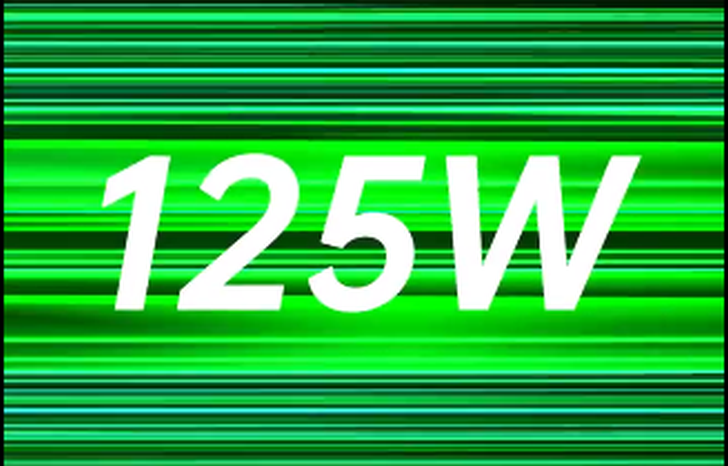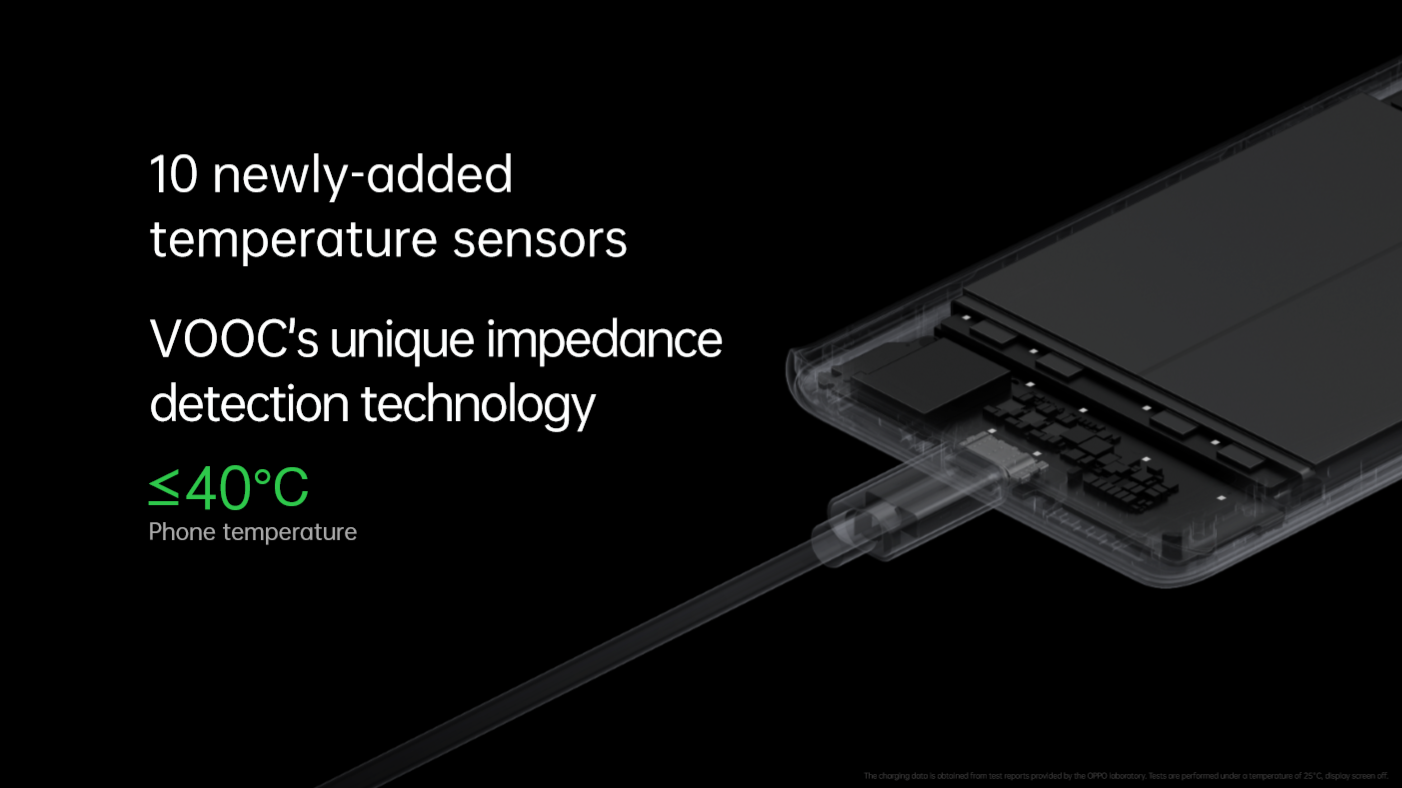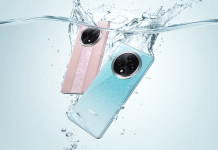As we are heading towards a completely digitized society, smartphones and other gadgets are at the forefront of connecting us to the world. Consequently, our energy requirement is increasing every year, with portable devices like smartphones, tablets, and laptops becoming increasingly thin but more powerful than ever before. But unfortunately, we haven’t been able to achieve a breakthrough in battery density technology to satisfy our growing requirement.
So what’s the workaround to this obstacle?
One way of meeting the growing energy needs of portable devices is to develop fast charging technology that tops up a battery in minutes.
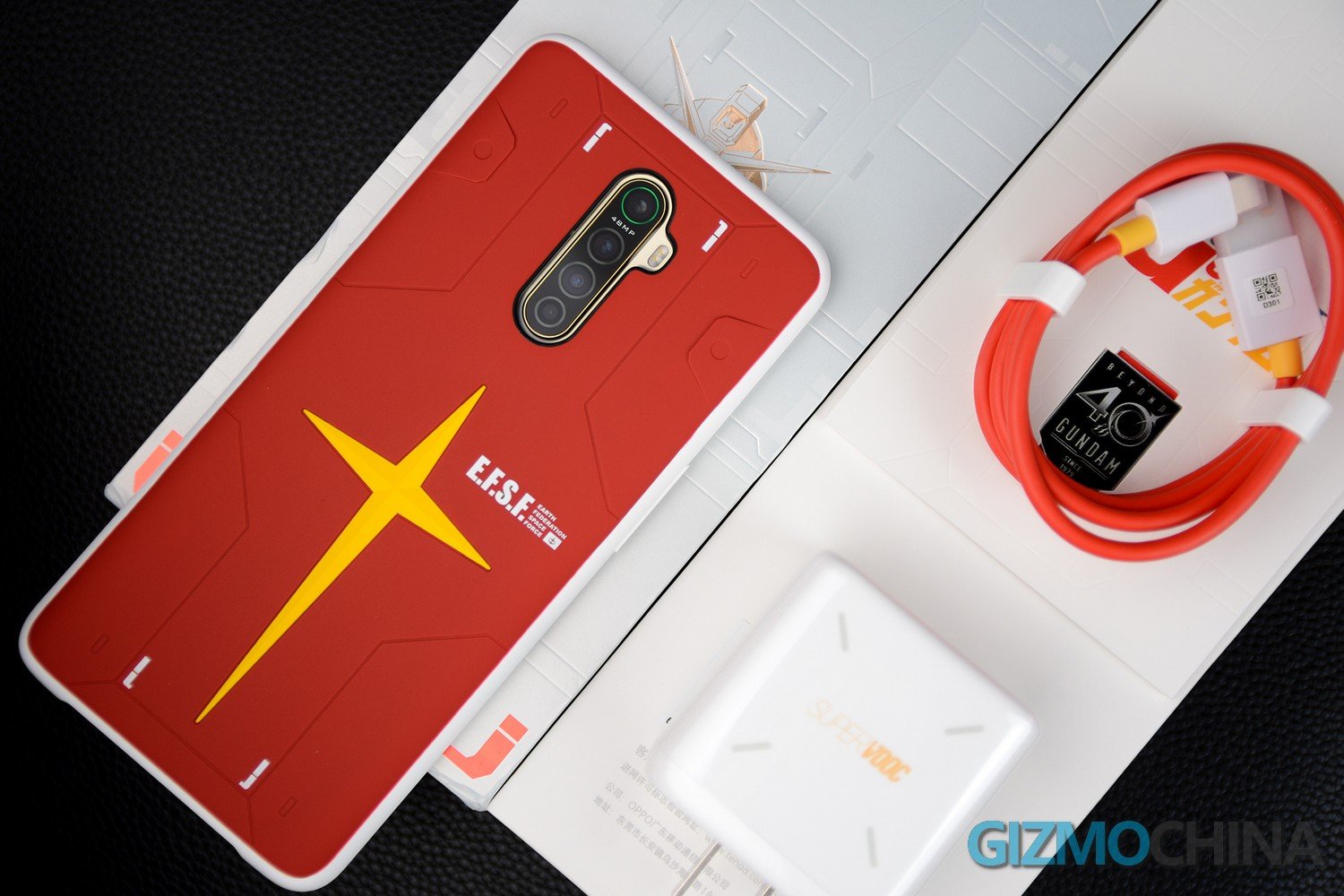
When it comes to smartphones, OPPO leads the market with its innovative VOOC charging technology. And earlier this month, the company unveiled the world’s fastest wired charging solution for smartphones – the 125W Flash Charge technology. It can charge a 4000mAh battery in just 20 minutes.
This is a significant development in smartphone charging technology, doubling charging speeds to never before seen values.
But how safe is it to pump in such high wattage into your compact smartphone battery? We have already seen laptops like the Dell XPS 15 charge at up to 130W. However, doing the same on an exceptionally compact battery raises a lot of questions.

So I decided to ask OPPO about 125W flash charging and how safe it is for the device and the end consumer.
When you are charging a 4000mAh battery at 125W, essentially topping it up to 100% in just 20 minutes, two primary questions come to your mind.
- Won’t charging at such high wattage generate a lot of heat, thereby compromising safety?
- Won’t this also degrade my battery significantly?
Before we find answers to these two questions, it’s crucial to understand how OPPO’s 125W flash charging works.
OPPO 125W Flash Charging Explained
OPPO’s 125W flash charging is made possible with the help of many proprietary components and technologies working together in synergy.
To make things simple, here are some of the specialized components that allow the smartphone battery to flash charge at 125W.
- A Charger that can output power at 20V 6.25A (125W)
- A thick and specialized cable that can support current up to 6.25A
- A USB Type-C connector that supports more than 5A current (in this case 6.25A)
- Efficient Charge Pumps that can adjust the voltage to match the phone’s battery specifications
- Superior quality batteries in a bi-cell design that can sustain charging and discharging at 12.5A (6C)
- A specially customized intelligent control chip that controls the voltage, current, and temperature
- A battery safety monitoring chip to monitor in real-time, whether the battery in the mobile phone is damaged by external forces when in use
- 10 new temperature sensors, in addition to the existing four sensors (three on the phone and one on the charger)
- 128-bit encryption owned by OPPO while also following TBS protocols
- VCU intelligent control chip, MCU Charge management chip, AC/DC control chip, and a custom protocol handshake chip.
When all these components come together, your smartphone can charge at up to 125W.
Here’s a first look at 125W Flash Charge technology in action. It can fully charge a 4,000mAh battery in 20 minutes. 🤯 #FlashForward pic.twitter.com/EWtfGcsL4m
— OPPO (@oppo) July 15, 2020
Here’s a simplified version of how OPPO’s 125W Flash Charging Works
When you connect OPPO’s 125W charger to your phone via USB-C, the charger outputs power at 20V and 6.25A. This power is sent to the phone via a customized USB-C port that supports current over 6A. The power from the USB-C port is then transferred to the three charge pumps. However, the bi-cell batteries inside the phone do not support such high voltage. So the three charge pumps work together (along with the other microcontroller chips) to bring down the voltage to 10V and increase the amperage to 12.5A. Thus each of the three charge pumps outputs 42W (so 125W in total) of power to the battery with an impressive efficiency of 98%. OPPO claims that using three charge pumps significantly improves efficiency and reduces heat generation. Remember that heat is bad for your battery, and the less heat generated, the better it is for your phone.
An essential component that makes fast charging at such a high current possible is the quality of the batteries. OPPO’s 125W flash charging technology works because the 6C batteries can charge at 12A.
The C-rating of a battery is the ratio of the maximum current draw and the battery capacity. Here, the 2000mAh ( equivalent to 2Ah) battery has a 6C rating. This means that the bi-cell batteries can charge effectively at a high current of 12.5A. But this would also mean that these batteries discharge at such a high rate, which is why OPPO added another charge pump to slow down the discharging rate. So in total, OPPO’s 125W flash charging technology utilizes four charge pumps, three for controlling the power coming into the phone via the charger and one for controlling the discharge rate.
Editor’s Pick: Qualcomm announces Quick Charge 5 with support for 100W+ fast charging
OPPO 125W Flash Charging – How Safe Is It?
Now that we have got a basic idea of how OPPO’s new flash charging works, let’s come back to the questions.
Won’t charging at such high wattage generate a lot of heat and thereby compromise safety?
Heat is an inevitable byproduct of fast charging. Every smartphone battery has internal resistance, and when you pump in 125W of power during the charging process, the resistance generates heat.
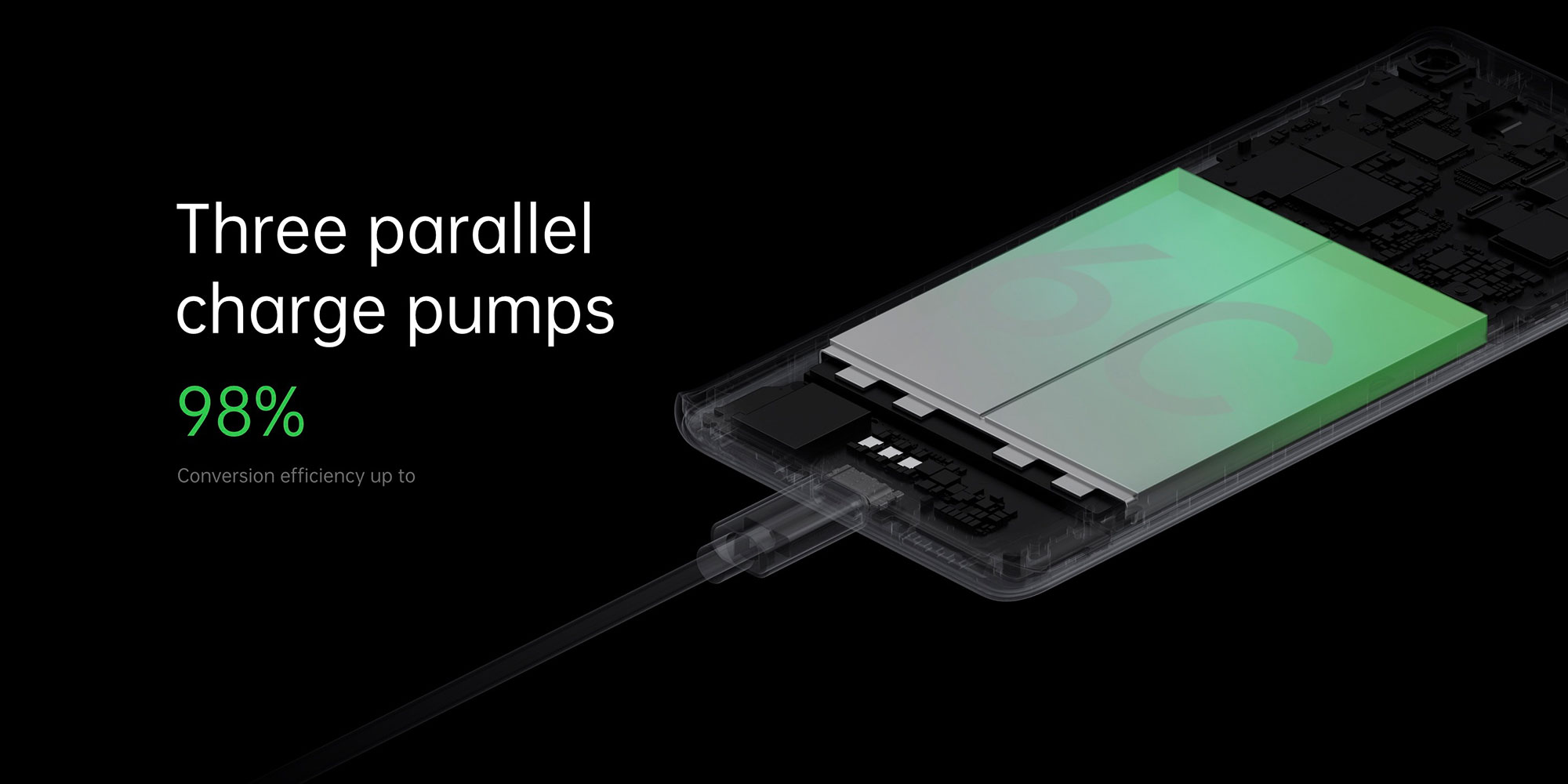
- OPPO says that the three charge pumps that share the load current being sent to the battery makes for an extremely efficient solution (98% conversion efficiency) for fast charging at such high power. This also helps dissipate heat more effectively, ensuring the battery and the phone’s safety.
- OPPO’s flash charging technology also utilizes 6C batteries, which are of superior quality than the ones used in its 65W SuperVOOC 2.0 (3C batteries). The bi-cell 6C batteries have lower internal resistance and support 12.5A current charging. This allows charging the batteries at such high power without generating a large amount of heat.
- The bi-cell batteries’ unique parallel multi-tab structure also plays a significant role in reducing internal resistance and effectively lowering heat production during fast charging.
- Monitoring is also a significant part of ensuring the safety of the device and the user during fast charging. In this regard, OPPO explains that its 125W flash charging technology comes with 10 additional temperature sensors. Yes, I said additional because there are already four temperature sensors (three on the phone and one on the charger) in SuperVOOC 2.0 (65W). But for 125W flash charging, the company installed 10 more temperature sensors in the battery tabs, BTB, and power supply motherboard junctions to monitor the charging status in real-time.
- OPPO claims that with such high levels of monitoring, the smartphone body temperature will never exceed 40℃ during the flash charging process when the screen is off.
- But if the phone is in use, for example, if the user is playing video games while charging, the technology is smart enough to adjust the power to avoid overheating or other abnormalities quickly.
- The company has also added 128-bit encryption (owned by OPPO) while following TBS protocols of the USB IF public version to prevent security risks caused by hackers attempting to tamper with firmware, eliminating any potential hacking risks.
Moving on to the second question.
Won’t this also accelerate battery degradation?
If heat is an inevitable byproduct of fast charging, then faster battery degradation is also an unavoidable consequence.
Remember how OPPO revealed that the 65W SuperVOOC 2.0 degrades the battery faster than standard slow charging?
OPPO Reno Ace with SuperVOOC 2.0 that charges at 65W degrades its battery’s capacity to around 90% in 800 full charging cycles.
So if you think 125W would degrade the battery capacity even more rapidly, then you are correct.
OPPO revealed that according to their tests, the 125W flash charging reduces the battery life expectancy at 80% after 800 charging-discharging cycles.
This figure isn’t really surprising. And it can be acceptable if you consider the convenience of ultra-fast charging in our day to day lives. If you charge your phone once every day, the 800 charging cycle amounts to over two years.
Unfortunately, this is the price you pay for not having to spend hours charging your phone.
Conclusion
Historically, OPPO has had an excellent track record with its VOOC and SuperVOOC 2.0 fast-charging technologies. Given that the 125W flash charging is built upon its earlier generation, safety seems to be given due priority on this new technology as well.
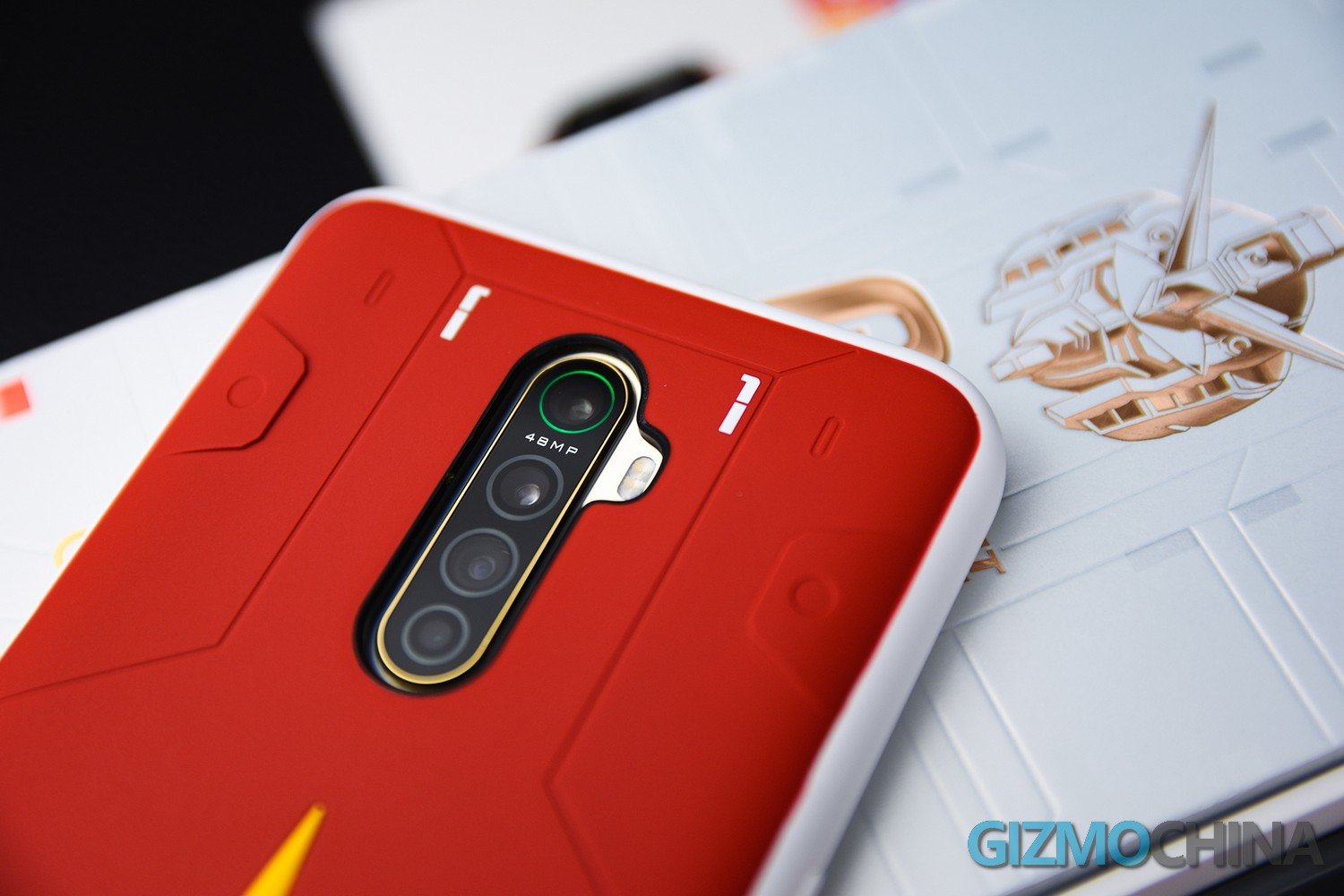
OPPO did well with its Reno Ace model’s 65W SuperVOOC 2.0, keeping the heat to manageable levels while charging. But we’ll have to wait and see if the 125W flash charge technology with the additional temperature control measures can keep the phone relatively cool even when it charges a battery in just 20 minutes.
OPPO has confirmed that the technology is ready for mass production, but we don’t know which product will get it first. Probably, the next OPPO Ace3 model (OPPO has dropped Reno branding from the Ace series) will launch with this flash charging technology later this year.
So what do you think of ultra-fast 120W+ fast charging technologies? Super cool or unnecessary?
UP NEXT: Oppo Reno4 series sees healthy sales, company’s 5G handset sales grows by 50% in June

